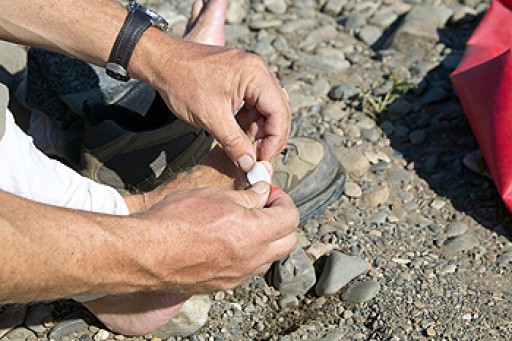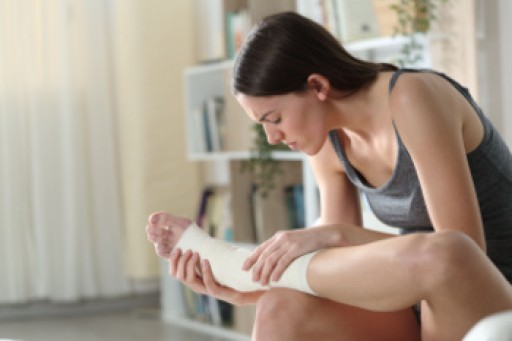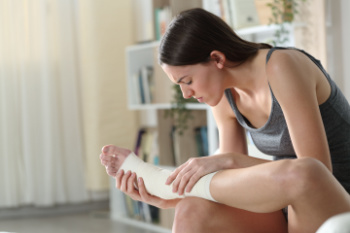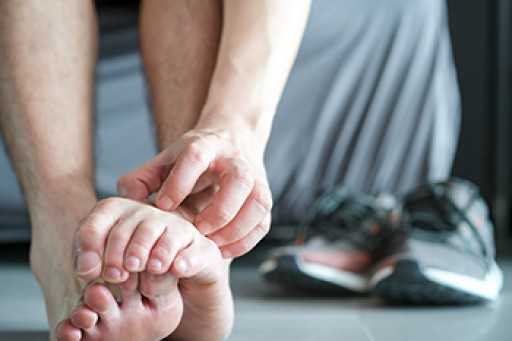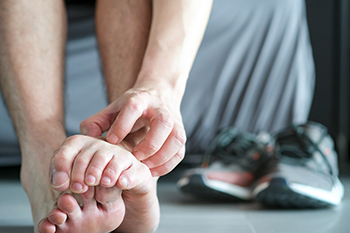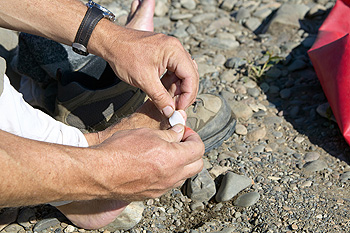
Blisters are a common issue for campers, often caused by friction between the skin and ill-fitting shoes or socks. When walking for long distances on uneven terrain, the skin can rub against footwear, leading to irritation and fluid-filled blisters. Sweaty feet or wet socks can increase the risk of blisters by making the skin more vulnerable. While blisters are generally harmless, breaking them can expose the underlying skin to infection, which can cause pain and delay outdoor activities. It is important not to pop a blister, as this increases the chance of bacteria entering the wound. To avoid infection, clean any open blisters thoroughly with soap and water, apply an antiseptic, and cover them with a sterile bandage. If you enjoy camping and have developed a blister that is painful or has become infected, it is suggested that you contact a podiatrist who can offer effective relief and prevention tips.
Blisters are prone to making everyday activities extremely uncomfortable. If your feet are hurting, contact one of our podiatrists of Biebel & DeCotiis Podiatry Associates. Our doctors can provide the care you need to keep you pain-free and on your feet.
Foot Blisters
Foot blisters develop as a result of constantly wearing tight or ill-fitting footwear. This happens due to the constant rubbing from the shoe, which can often lead to pain.
What Are Foot Blisters?
A foot blister is a small fluid-filled pocket that forms on the upper-most layer of the skin. Blisters are filled with clear fluid and can lead to blood drainage or pus if the area becomes infected.
How Do Blisters Form?
Blisters on the feet are often the result of constant friction of skin and material, usually by shoe rubbing. Walking in sandals, boots, or shoes that don’t fit properly for long periods of time can result in a blister. Having consistent foot moisture and humidity can easily lead to blister formation.
Prevention & Treatment
It is important to properly care for the affected area in order to prevent infection and ease the pain. Do not lance the blister and use a Band-Aid to provide pain relief. Also, be sure to keep your feet dry and wear proper fitting shoes. If you see blood or pus in a blister, seek assistance from a podiatrist.
If you have any questions, please feel free to contact one of our offices located in Holmdel and Middletown, NJ . We offer the newest diagnostic and treatment technologies for all your foot care needs.
